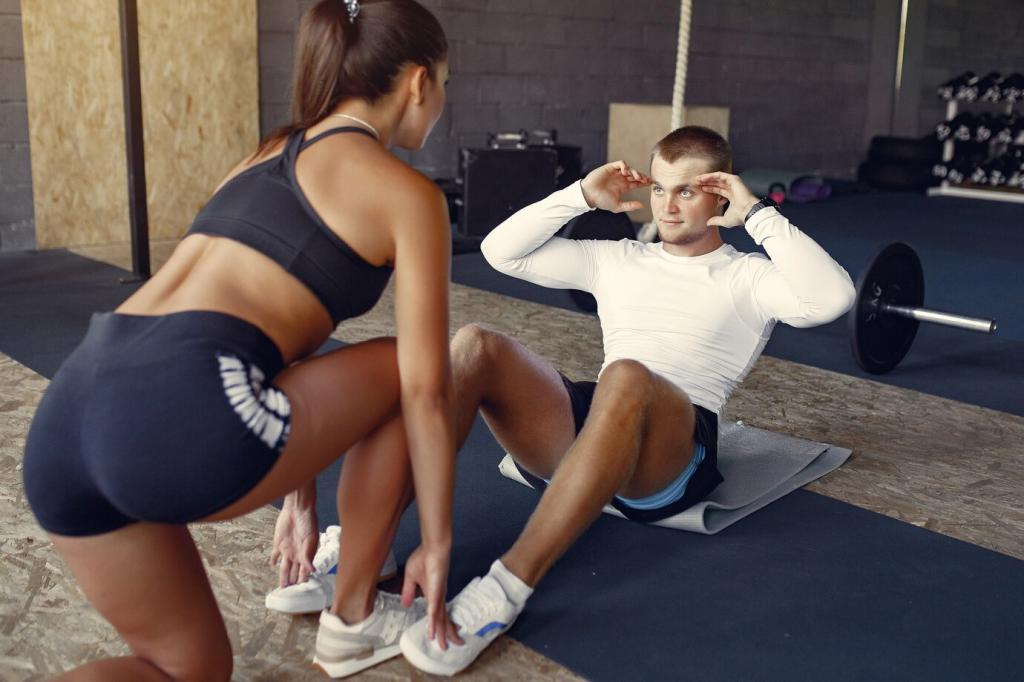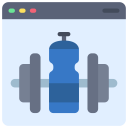Introduction to Individualized Fitness Planning for Beginners
Your Body, Your Story
No two beginners start at the same place. Past injuries, sleep, work, and stress shape what’s realistic. An individualized plan honors your story, making progress feel possible, safe, and surprisingly enjoyable right from the start.
Confidence Through Tailored Wins
Tiny, personalized victories build belief. When your first week includes exercises you like and durations you can manage, consistency grows naturally. Confidence follows, creating a positive loop that keeps beginners training without dread or self-sabotage.
Anecdote: Sam’s First Month
Sam tried generic workouts for years, quitting after sore, discouraging starts. Switching to a personalized plan—short walks, bodyweight strength, and gentle mobility—delivered energy and fewer aches within two weeks. Sam stayed consistent, finally feeling capable and excited.
Assess Your Starting Point Safely
Five-Minute Baseline Checks
Record resting heart rate after waking, try a sit-to-stand test for one minute, and use the talk test during a brisk walk. These friendly, quick measures guide safe intensity choices for beginners and create clear before-and-after comparisons.
Home Movement Screen
Test a chair squat, wall shoulder slide, and gentle hip hinge with a broomstick. Notice tightness or wobble, not to judge, but to guide exercise selection. Tailoring movement keeps beginners comfortable while gradually expanding capability.
Time, Energy, and Stress Audit
Look at your week honestly. Where can fifteen minutes fit most days? Identify high-stress windows and plan light sessions there. Aligning training with energy patterns makes beginner plans stick, even during busy seasons and unpredictable schedules.
Translate Values into Beginner Goals
Maybe you want easier hikes, playful evenings with kids, or stronger posture for pain-free workdays. Naming your why turns workouts into meaningful steps, helping beginners show up when enthusiasm dips or life gets messy.
Translate Values into Beginner Goals
Set Specific, Measurable, Achievable, Relevant, Time-bound goals—with Elasticity and Reflection. Example: Walk twenty minutes, five days weekly, for six weeks, adjusting pace on stressful days. Flexible, reflective goals support consistency without perfectionism.
Translate Values into Beginner Goals
Break big goals into weekly milestones: three completed walks, two strength sessions, or one mobility day. Celebrate with simple rewards—new playlist, scenic route, or stretching outdoors. Share your milestone in the comments to inspire another beginner.
Design Your First Week
Start with what feels inviting: brisk walks, beginner bodyweight strength, light cycling, or simple yoga flows. Enjoyment drives adherence. If you smile while moving, your individualized plan already has momentum, especially during your first month.
Consistency and Adaptation
Attach workouts to reliable triggers: after coffee, a ten-minute walk; after lunch, five minutes of mobility. Stacking behaviors onto existing routines helps beginners automate consistency without relying on willpower every single day.

Nutrition and Recovery Basics
A Beginner-Friendly Plate
Fill half your plate with colorful vegetables, a quarter with lean protein, and a quarter with satisfying carbohydrates. Add a spoon of healthy fats. This balanced approach supports energy, satiety, and muscle repair without complicated counting.

Track, Learn, and Connect
Log sessions, sleep quality, and energy in a tiny notebook or notes app. Check weekly: what helped, what hindered? Adjust your plan thoughtfully. Beginners thrive when progress is visible, personal, and celebrated regularly.

